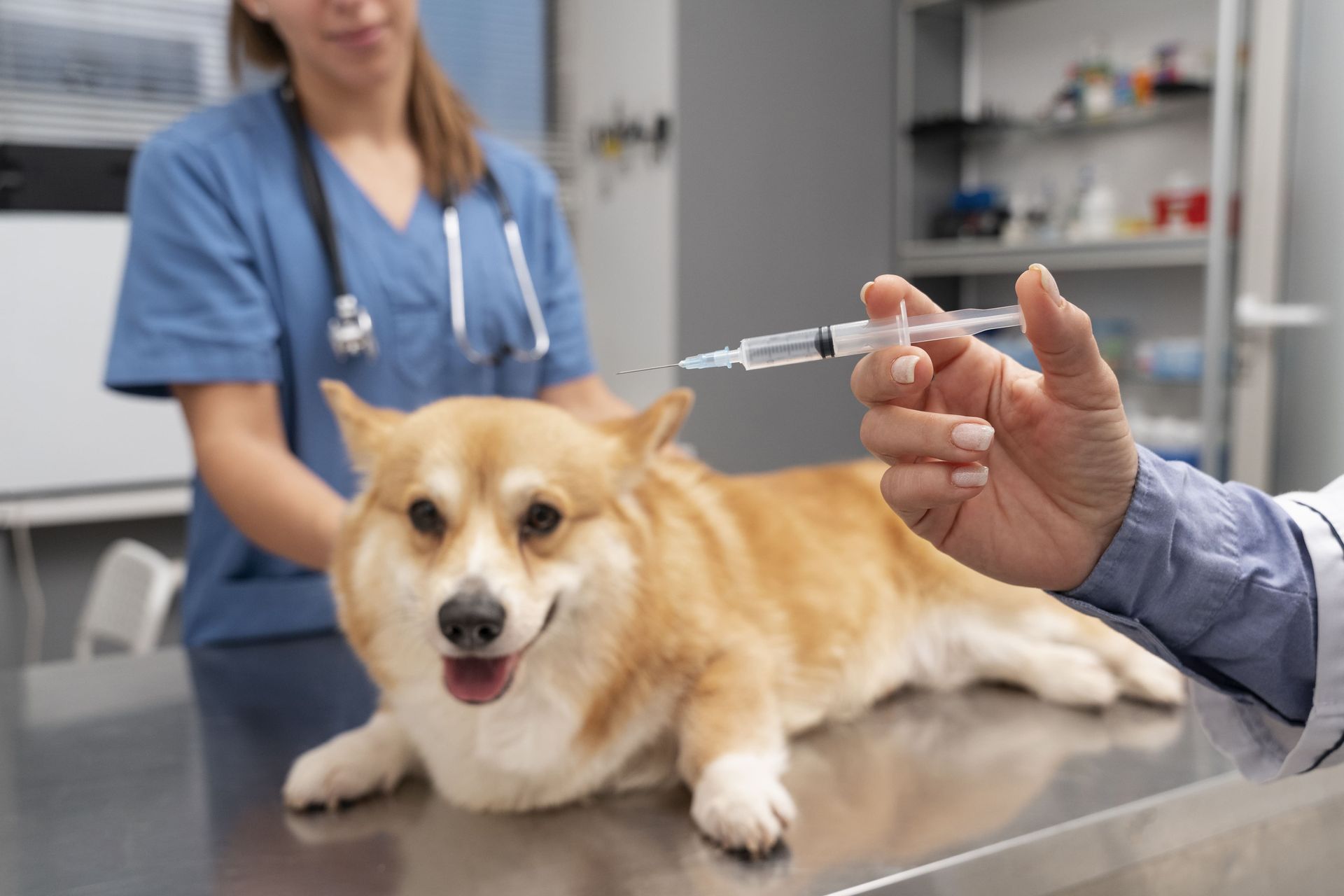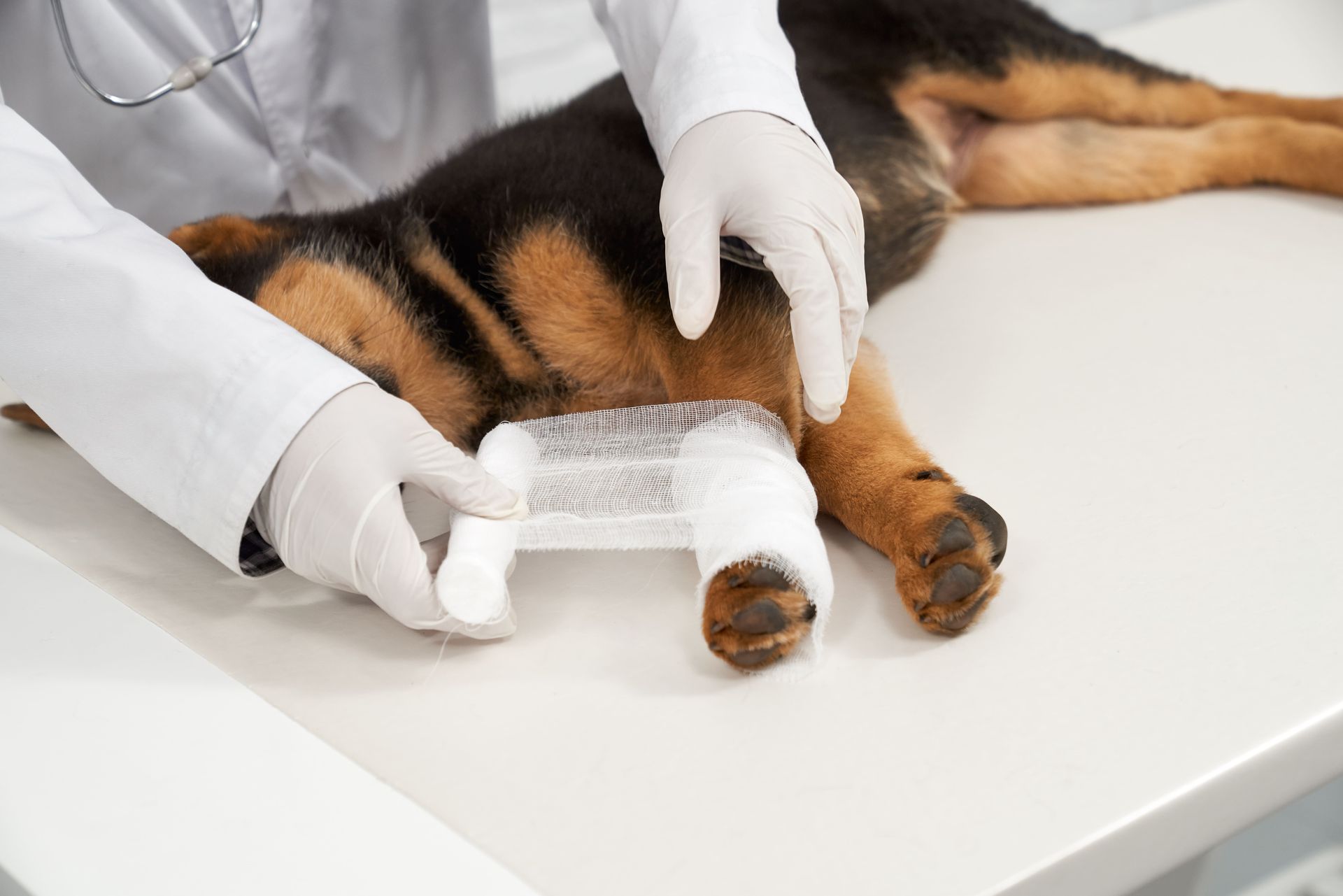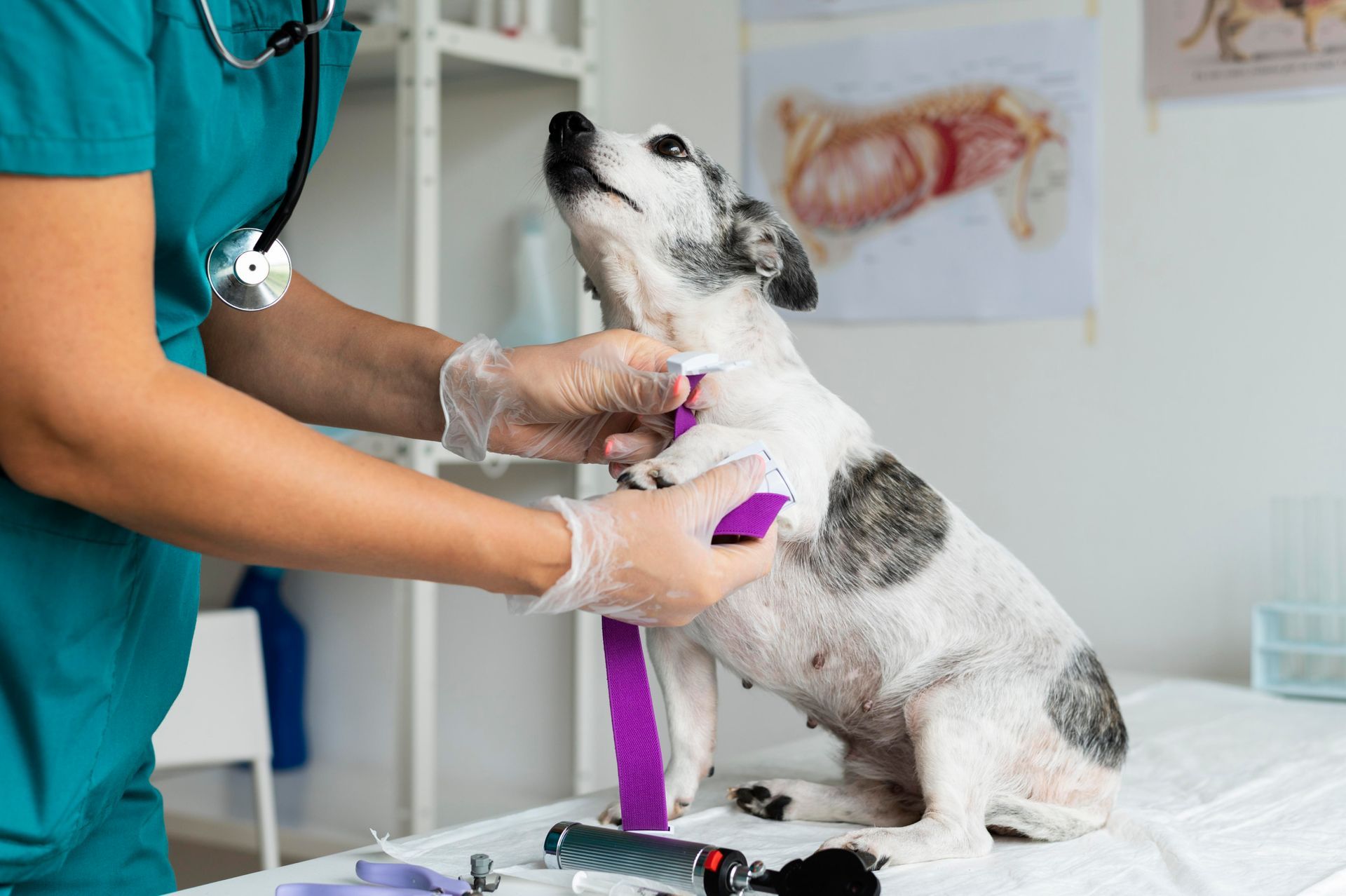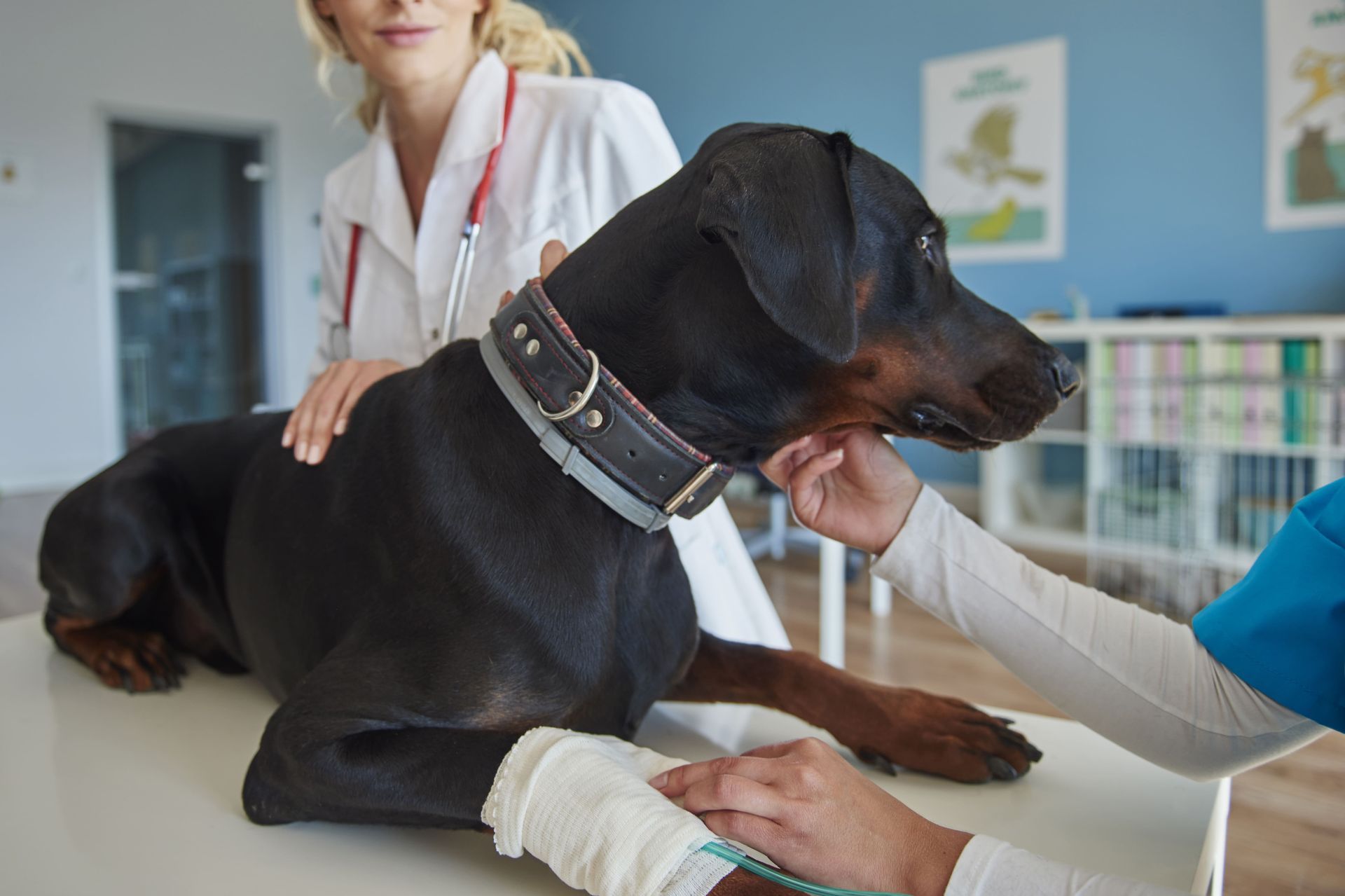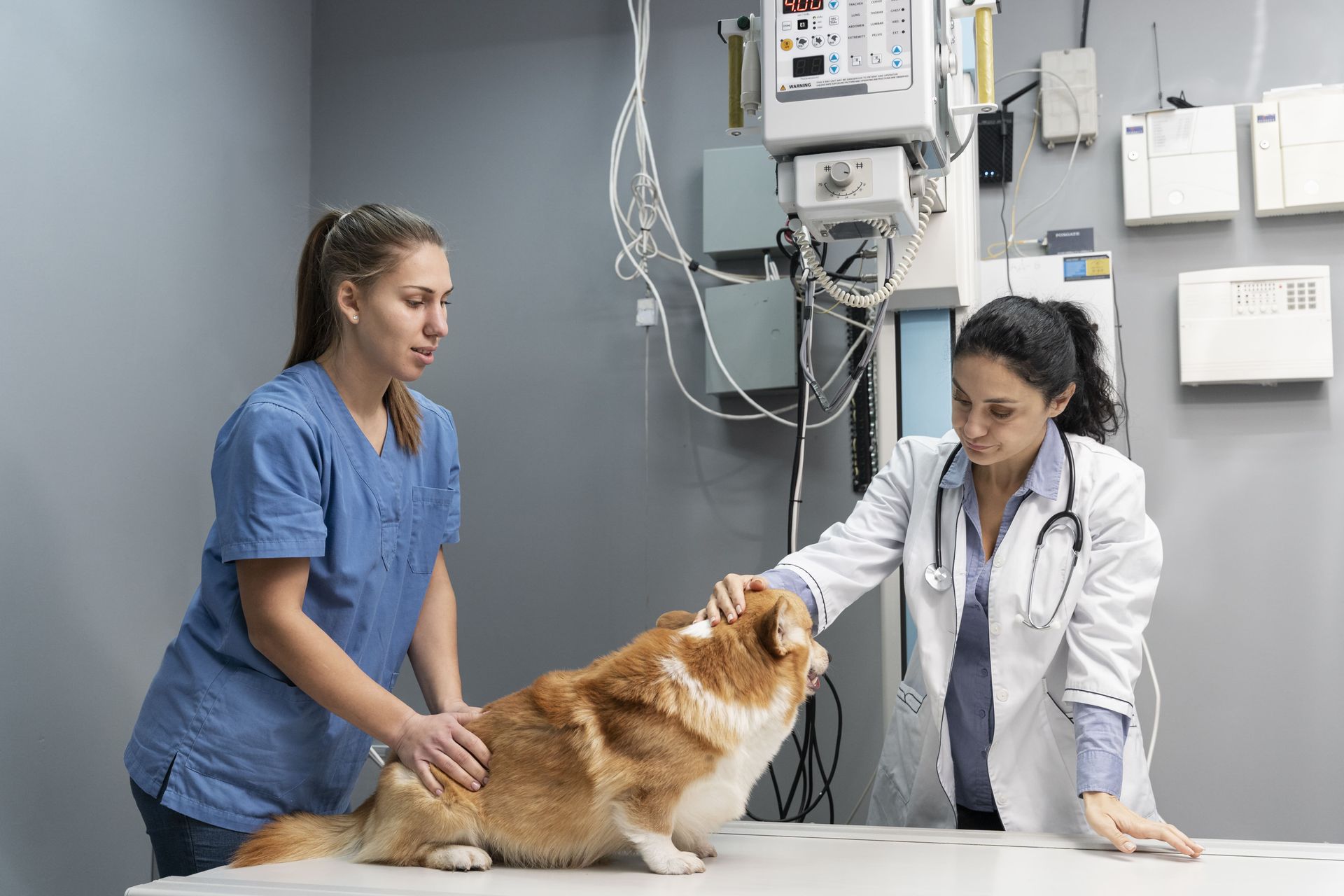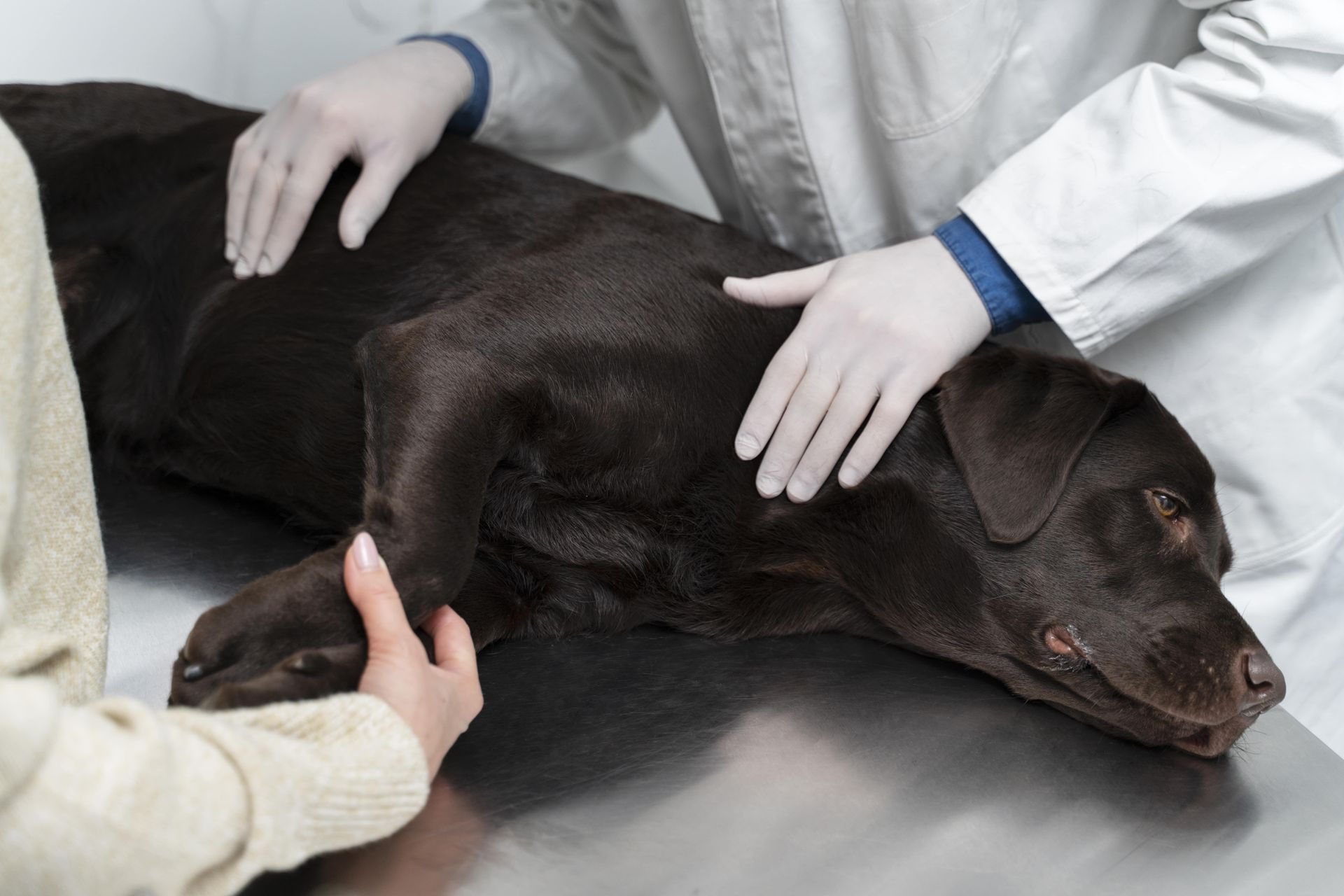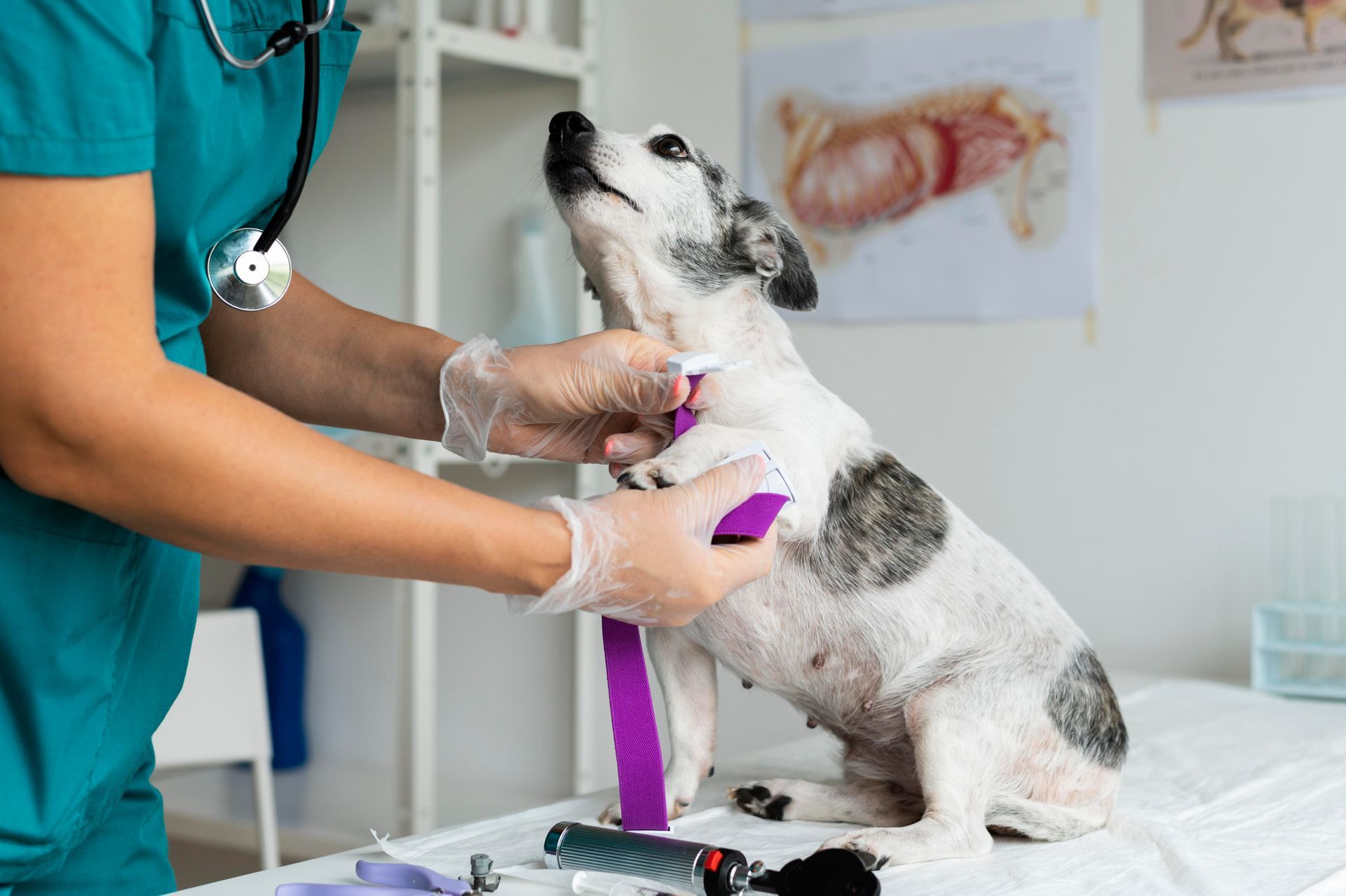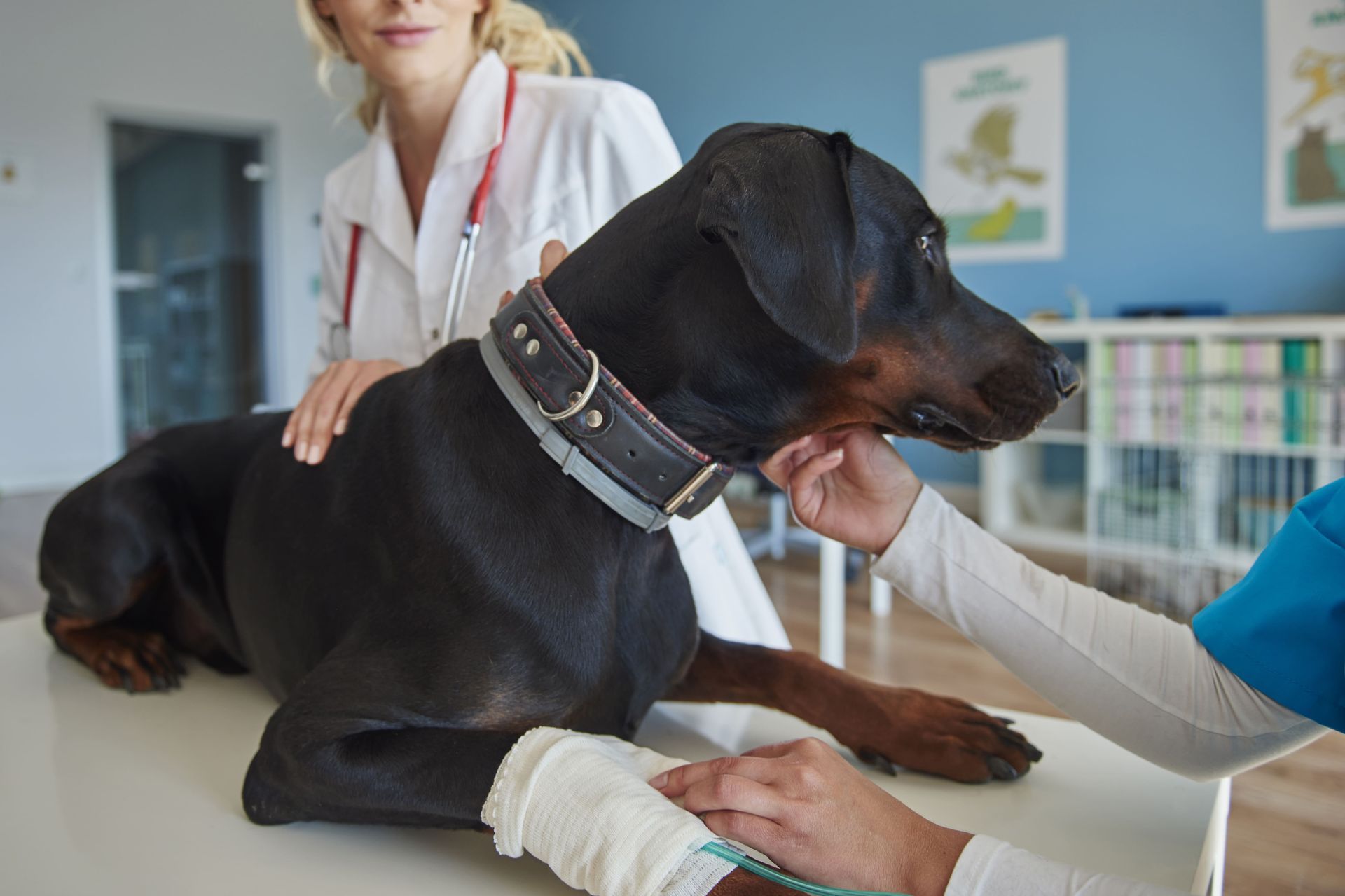Contact Info
133 Lincoln Avenue, Fair Lawn, New Jersey 07410, US
973-427-0990
133 Lincoln Ave, Fair Lawn, NJ 07410
Call Us Now: (973) 427-0990
133 Lincoln Ave, Fair Lawn, NJ 07410
Call Us Now: 973-427-0990
When it comes to your pet’s health, you’d go to the ends of the earth to ensure they’re cared for, so when your vet recommends a pet CT scan, it’s only natural to feel a mix of concern and curiosity. A CT (computed tomography) scan offers a detailed, cross-sectional view of your pet’s body, helping diagnose issues ranging from tumors and bone injuries to neurological conditions. Although the scanner’s noise, clinical setting, and potential sedation may sound intimidating, your calm preparation can make all the difference. Pets often mirror our energy, so if you’re informed and composed, chances are they’ll feel safer too. Whether it’s their first scan or just another step in their health journey, we’re here to help you make it as stress-free as possible. Below are 12 easy-to-follow, comforting tips to help you and your furry friend navigate the process of pet CT scans like seasoned pros.
1. Understand the Procedure
Familiarize yourself with what a pet CT scan involves. Knowing what's ahead can help you and your pet feel more at ease. A CT scan, or computed tomography scan, provides a detailed view of internal structures, which can be invaluable in diagnosing a variety of issues. The process involves your pet lying still on a table as the scanner rotates around them. Although the machinery can seem intimidating, it's important to remember that it is entirely non-invasive. By understanding the steps involved, you can ease the anxiety that sometimes comes with the unknown. Always know that your veterinarian or technician will be there to guide you through it.
To further comfort yourself and your pet, consider watching a video of a pet CT scan online to demystify the experience. Or, you could chat with other pet owners who have been through similar experiences to better prepare yourself mentally. The more informed you are, the more confidently you can support your pet through this process.
2. Consult Your Veterinarian
Before diving into the pet CT scans process, it's vital to consult with your veterinarian to tailor any specific requirements for your pet. This is where you discuss any special preparations that might be needed, including the possibility of fasting or sedation. Depending on your pet's health condition, the vet might have particular instructions to ensure that the scan is safe and effective. The vet will also inform you about what to expect in terms of results and post-scan care, empowering you to make informed decisions about your pet's well-being.
Feel free to ask open-ended questions during your consultation. This is your opportunity to alleviate concerns specific to your pet. Whether your pet has pre-existing conditions, allergies, or anxiety issues, your vet can advise you on how to handle these situations effectively. The vet is your primary resource for ensuring you and your pet are comfortable before, during, and after the scan.
3. Schedule a Pre-Scan Meeting
Arranging a pre-scan meeting can provide peace of mind and ensure you have all the information you need. This meeting is a valuable time to ask any lingering questions and get clarity on the logistics of the pet CT scan day. It's especially beneficial if your pet has never undergone such a procedure before. The meeting can help dispel myths and alleviate fears while allowing you to meet the team who will be taking care of your pet. Knowing the faces behind the procedure can make you and your pet feel more secure and familiar on the day of the scan.
4. Consider Sedation Requirements
Determine if your pet needs sedation and discuss this with your vet to make a plan. Some pets are naturally more anxious and may require sedation to remain still and calm throughout the procedure. Sedation can also be necessary for pets that are in pain or unable to control their movements due to medical conditions. Discussing this with your vet ahead of time ensures that they can prescribe an appropriate sedation plan tailored to your pet's needs, ensuring a smooth and stress-free experience during the pet CT scans process.
It's essential to understand how sedation might affect your pet during the scan and in their recovery phase. Knowing the potential side effects can help you prepare your home environment to make your pet as comfortable as possible afterward. Consulting with your vet about sedation also creates an opportunity to discuss natural calming techniques or alternatives if you're hesitant about medication. This comprehensive approach ensures that your pet is in the best hands possible during their pet CT scan.
5. Plan Fasting Times
Know if your pet needs to fast before the CT scan and arrange their feeding schedule accordingly. Fasting is often necessary to avoid any complications with sedation and to ensure clear images during the scan. Different pets have different fasting requirements based on their age, size, and health condition, so it’s crucial to get tailored advice from your vet. Typically, fasting will involve withholding food for a set period before the scan, while water is often allowed up until the procedure.
Adjusting your pet's feeding time can require a bit of planning, especially if you have a routine. Consider gradually shifting meal times leading up to the scan day to minimize disruptions. Always make sure your pet is hydrated and comfortable, even when on a fasting schedule. Remember, these adjustments are temporary and essential to delivering the most accurate pet CT scan results, which will contribute to your pet's overall health strategy.
6. Comfort Items for Your Pet
Bring along a favorite toy or blanket to help your pet remain calm and comfortable during their visit to the clinic. Familiar scents and textures can be incredibly soothing, especially in unfamiliar environments. A trusted blanket or beloved toy infuses the clinical setting with some semblance of home, providing your pet with a tangible comfort source.
These items can also serve as a positive distraction, taking your pet's mind off the procedure. If possible, bring items that your pet particularly associates with relaxation, such as their go-to snuggle blanket or a chew toy they adore. These small touches can transform an otherwise stressful pet CT scan experience into one that's manageable, providing both physical comfort and emotional reassurance.
7. Ensure a Calm Journey
A calm journey to a professional clinic
can help reduce your pet's anxiety levels when they arrive for the scan. The lead-up to the procedure can greatly influence your pet’s overall comfort levels. Try to create a soothing atmosphere on the way to the vet. Play gentle music, use a calm voice, and if possible, have another person assist you in comforting your pet during the trip. This calming process can start even before you leave the house by using relaxation techniques that your pet finds comforting.
Minimizing unfamiliar stimuli during travel can be helpful, especially for pets prone to travel anxiety. Whether it’s taking a quieter route to the clinic or wrapping them in their favorite blanket, these small strategies can add up to create a calmer experience overall. Ensuring a low-stress journey sets the tone for a relaxed visit, leading to a more cooperative and comfortable pet during their pet CT scan.
8. Early Arrival and Paperwork
Arrive early to complete any necessary paperwork and allow your pet to adapt to the new environment. Arriving with time to spare can reduce the rush and stress of last-minute hiccups. This extra time gives your pet a chance to acclimate, explore their surroundings briefly, and adjust to the scents and sounds of the clinic. Creating an environment where your pet feels at ease is crucial to their positive experience. In terms of administrative needs, having all paperwork pre-prepared and organized helps make the check-in process smoother, reducing stress for you and creating a calm environment for your pet.
9. Be Present and Reassuring
Your presence can be a great support to your pet, calming their nerves before and after the scan. Pets are incredibly perceptive and attuned to their owner's emotions, so staying calm and collected can help soothe your pet as well. Talk to them in a reassuring voice, use gentle touch, and maintain a positive demeanor. This is not just comforting for your pet but can also reinforce trust and strengthen your bond. Whether you're in the waiting area or beside them in the examination room, your presence is a constant that your pet can rely on.
10. Post-Scan Care Instructions
Follow the post-scan care instructions provided by your vet to ensure a smooth recovery for your pet. Once the pet CT scan is complete, your vet will provide guidance specific to your pet's needs. Some pets might experience minor grogginess or slight disorientation, especially if sedation was used. It’s important to monitor their behavior and provide a quiet, comfortable space at home for them to recuperate. Stick to your vet's advice on introducing food or water post-scan, ensuring your pet's digestive system returns to normal safely.
Stay vigilant about observing any signs of discomfort or anomalies in behavior as your pet recovers. If you notice anything unusual, don't hesitate to contact your vet for advice. Timely communication with your veterinarian can make a significant difference in your pet's recovery process and ensures that any post-pet CT scan complications are addressed promptly.
11. Reassess Pet's Comfort
After the scan, monitor your pet’s comfort levels and adjust as necessary. Each pet reacts differently to the process, depending on their temperament and health. Regularly check in with them, providing care and reassurance as needed. Watch for signs of stress or discomfort, such as changes in eating habits, sleep patterns, or heightened anxiety levels. Ensuring your pet's comfort during recovery boosts their overall well-being and extends beyond the immediate aftermath of the pet CT scan.
12. Celebrate Your Pet's Bravery
Reward your pet with a treat or extra cuddles for their bravery and cooperation during the scan. Celebrating your pet's bravery not only strengthens your bond but also creates a positive association with the clinic and the pet CT scans process. These rewards serve as a form of positive reinforcement, reinforcing to your pet that they did a great job. Whether it's their favorite treat, a special play session, or just extra love and attention, acknowledging your pet's resilience can bolster their confidence in future veterinary visits.
Final Words
Preparing your pet for pet CT scans doesn’t have to be stressful. With a little planning, open communication with your veterinarian, and emotional support, you can ensure a smooth and comfortable experience for your beloved companion. From understanding the procedure to celebrating your pet's bravery afterward, these small yet thoughtful actions go a long way in ensuring a positive medical journey. Remember, your calm and care can make all the difference during this diagnostic process.
FAQs
Q-1. Are pet CT scans safe for all animals?
Ans: Yes, pet CT scans are generally safe and non-invasive. However, your veterinarian will assess your pet’s health to determine if sedation or contrast dyes are appropriate.
Q-2. How long does a pet CT scan take?
Ans: Most pet CT scans take between 15 and 45 minutes, depending on the complexity and whether sedation is needed.
Q-3. Do all pets require sedation for a CT scan?
Ans: Not all, but many do. Sedation helps ensure your pet stays still for clear imaging during the scan, especially in high-anxiety or active animals.
Q-4. What should I do if my pet seems groggy after the scan?
Ans: It’s common for pets to feel drowsy after sedation. Provide a quiet, comfortable space at home and follow any post-scan care instructions from your vet.
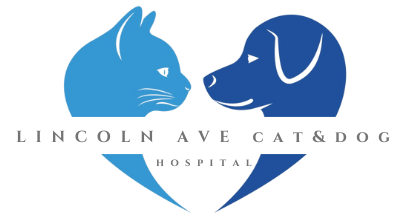
The Lincoln Avenue Cat & Dog Hospital was founded in 1984, quickly emerging as a regional leader in treating felines exclusively.
Quick Links
Contact Info
133 Lincoln Avenue, Fair Lawn, New Jersey 07410, US
973-427-0990

Quick Links
Contact Info
133 Lincoln Avenue, Fair Lawn, New Jersey 07410, US
(973) 427-0990
Fax: (973) 427-0990
© 2025
All Rights Reserved | Lincoln Ave Cat & Dog Hospital
New Paragraph
PAYMENT POLICY
Please note that there is a 3.5% processing fee applied to all credit card payments. If you wish to not incur this fee we will accept a debit card or cash. We apologize for any inconvenience.
